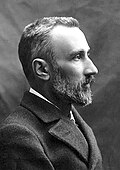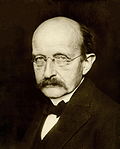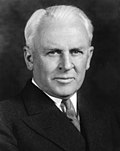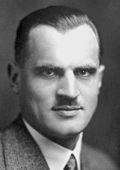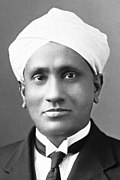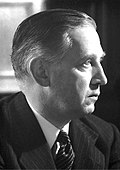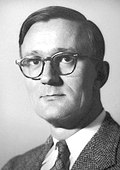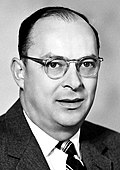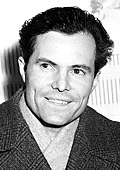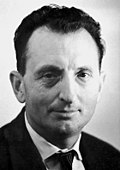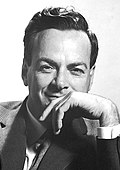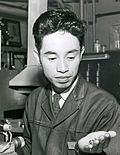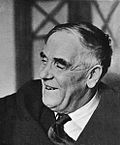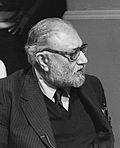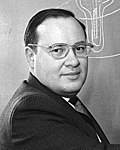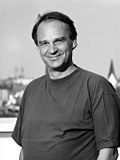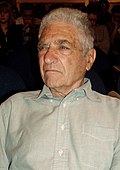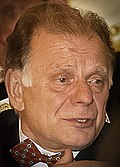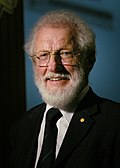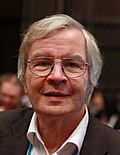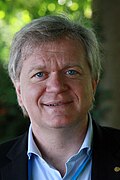Statistics
The Nobel Prize in Physics has been awarded to 229 individuals as of 2025. [5] The first prize in physics was awarded in 1901 to Wilhelm Conrad Röntgen, of Germany, who received 150,782 SEK. John Bardeen is the only laureate to win the prize twice—in 1956 and 1972.
William Lawrence Bragg was the youngest Nobel laureate in physics; he won the prize in 1915 at the age of 25. He was also the youngest laureate for any Nobel prize until 2014 (when Malala Yousafzai won the Nobel Peace Prize at the age of 17). [6] The oldest Nobel Prize laureate in physics was Arthur Ashkin who was 96 years old when he was awarded the prize in 2018. [7]
Only five women have won the prize: Marie Curie (1903), Maria Goeppert-Mayer (1963), Donna Strickland (2018), Andrea Ghez (2020), and Anne L'Huillier (2023). [8] Before L'Huillier, each woman only ever received a quarter share of the prize, although Marie Curie did receive an unshared Nobel prize in chemistry in 1911. In 2023, L'Huillier received a one-third share.
There have been six years for which the Nobel Prize in Physics was not awarded (1916, 1931, 1934, 1940–1942). There were also nine years for which the Nobel Prize in Physics was delayed for one year:
A 2020 study reported that half of the Nobel Prizes for science awarded between 1995 and 2017 are clustered in few disciplines. Particle physics (14%), atomic physics (10.9%), and 3 non-physics disciplines dominate the prize in recent decades, followed by semiconductor physics and magnetics. [18]
This page is based on this
Wikipedia article Text is available under the
CC BY-SA 4.0 license; additional terms may apply.
Images, videos and audio are available under their respective licenses.





